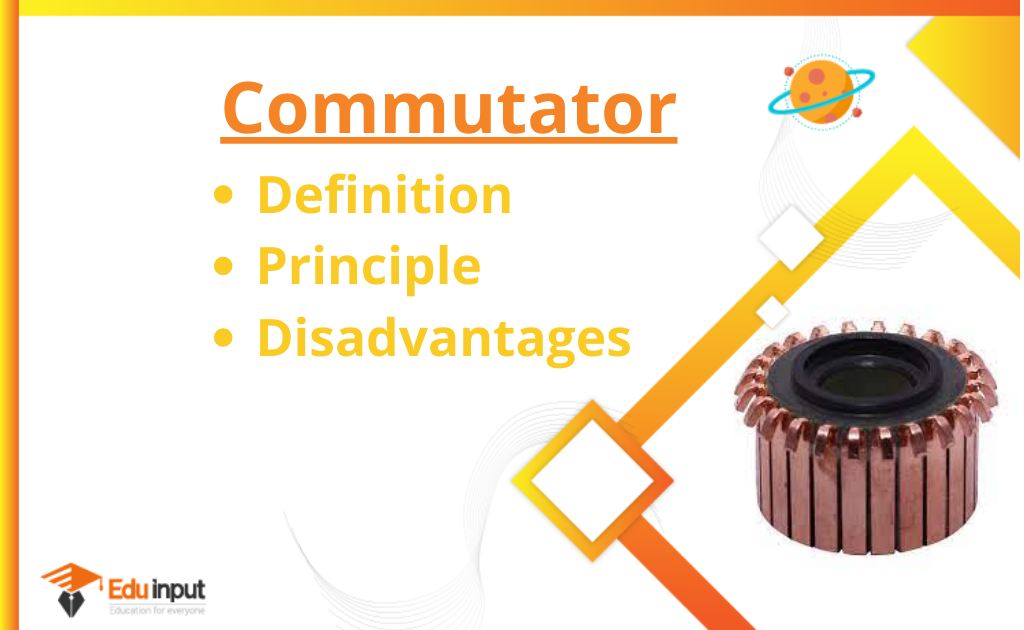Working Principle of AC Generator
The working principle of AC generator is mainly based on Faraday’s law. An AC generator converts mechanical energy into electrical energy through the process of electromagnetic induction.
By rotating a coil of wire within a magnetic field, it produces an alternating current that can power various electrical devices. It consists of three main components:
- Magnetic field
- Rotor
- Stator
The magnetic field is usually created using a permanent magnet or an electromagnet. The rotor is a coil of wire that is mounted on a shaft and can rotate inside the magnetic field. The stator is another coil of wire that remains stationary.

When the rotor rotates within the magnetic field, an important phenomenon called electromagnetic induction takes place. This means that a changing magnetic field induces a voltage, or an electric current, in a nearby conductor. In this case, the rotor coil acts as the conductor.
Working of AC Generator
Now, let’s see how the AC generator works step by step:
- The rotor is initially at rest, and no current is generated.
- To start the process, we need to provide some mechanical energy to the rotor by turning a crank or using another external power source.
- As the rotor starts to spin, it cuts through the lines of a magnetic field produced by the stator.
- According to electromagnetic induction, the changing magnetic field induces a voltage in the rotor coil.
- This induced voltage causes an electric current to flow in the rotor coil.
- The current in the rotor coil creates its own magnetic field, which interacts with the stator’s magnetic field.
- The interaction of these two magnetic fields causes the rotor to continue rotating.
- As long as the rotor keeps spinning, the process of electromagnetic induction repeats, continuously generating an alternating current (AC) in the rotor coil.
- The AC produced in the rotor coil is then transferred to the external circuit through slip rings and brushes.
- The external circuit can be connected to various devices, such as lights, motors, or appliances, which can utilize the electrical energy generated by the AC generator.

 written by
written by 





Leave a Reply